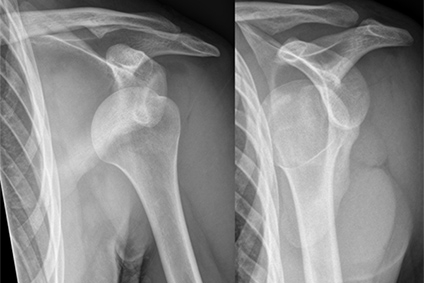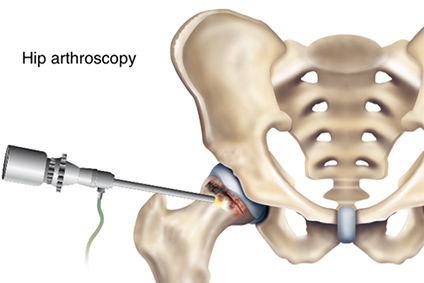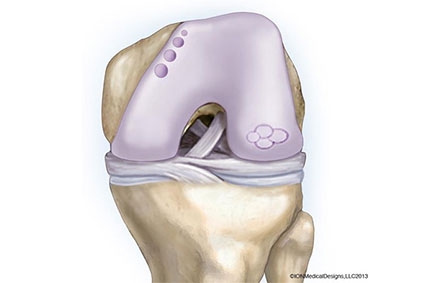Stronger Shoulders for the Long Haul: What Works Best for Teen Athletes?
For young athletes who struggle with repeated shoulder dislocations, picking the right surgery early on can make a big difference down the road. A new long-term study from Dr. Okoroha’s colleagues compared two common procedures...













